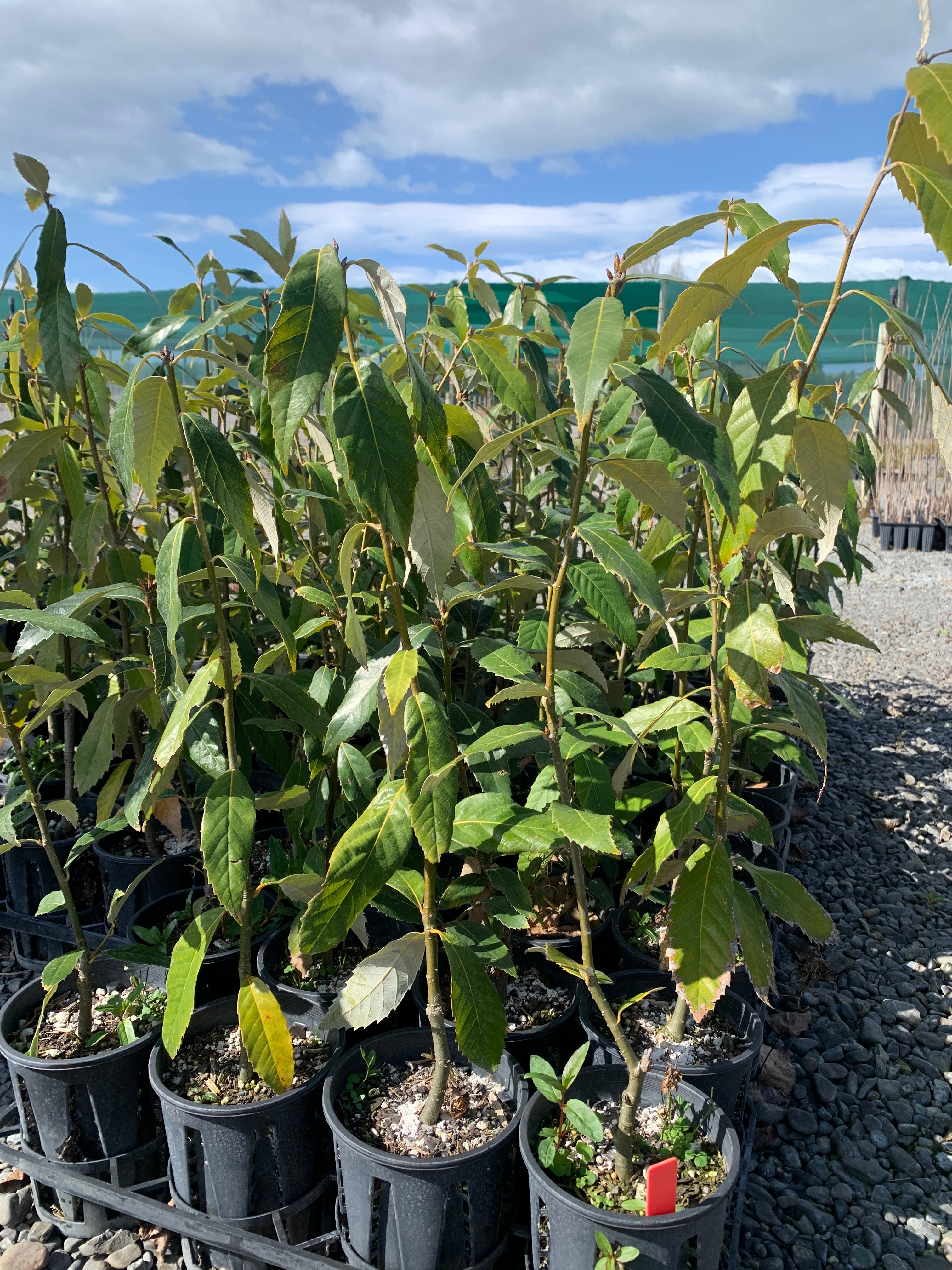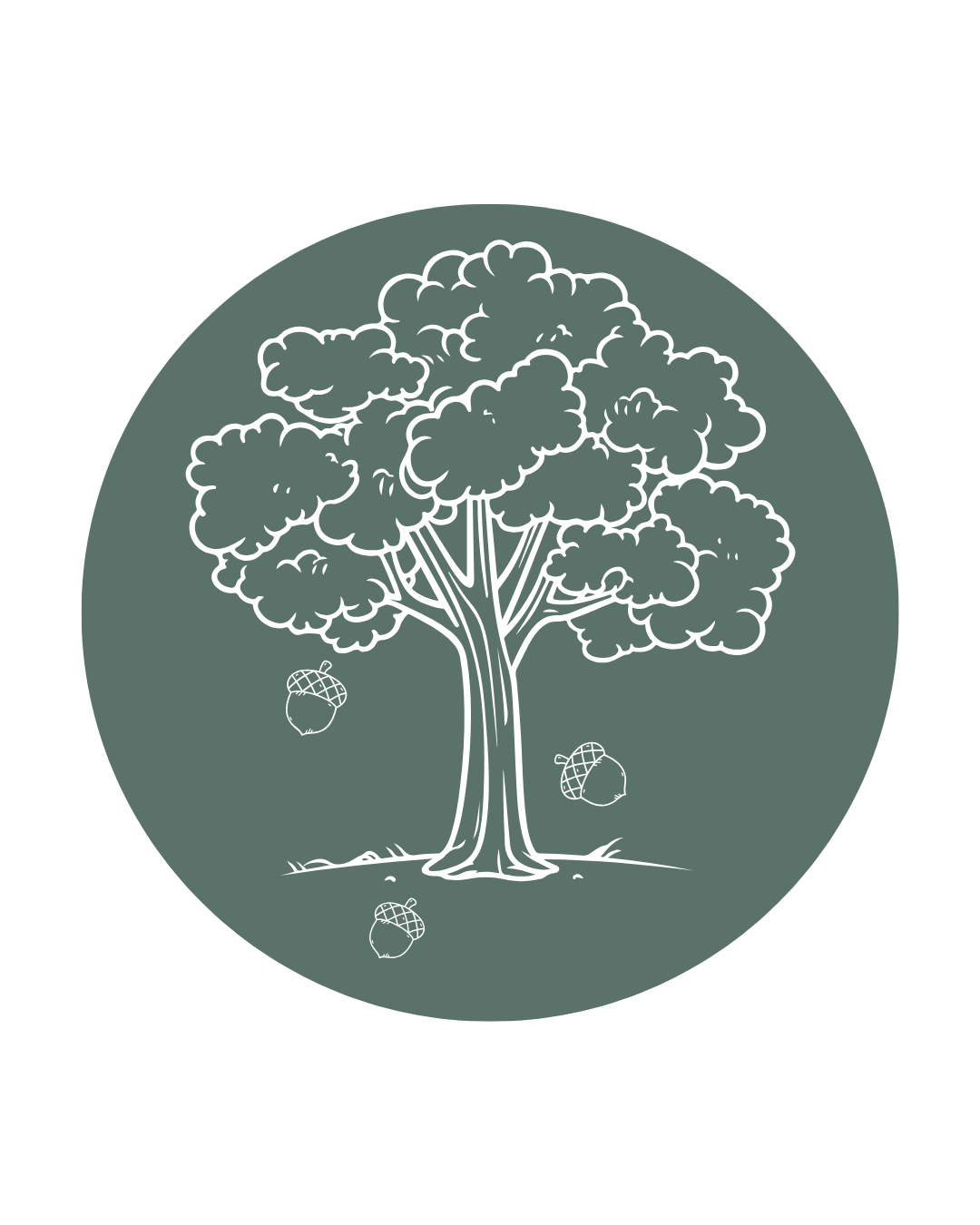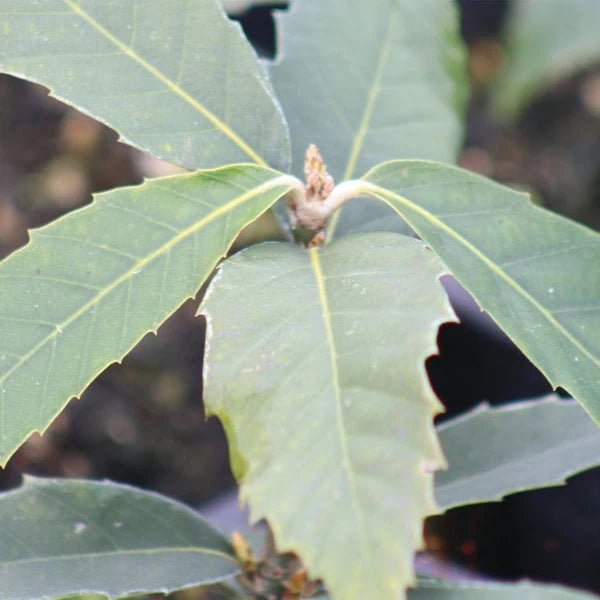Banj Oak Seedlings
- Regular price
-
$11.00 - Regular price
-
- Sale price
-
$11.00
Couldn't load pickup availability
Shipping information
-
-
-
Preferred Soil Type
- In NZ the trees flourish on well drained soils with good moisture
- will not perform well in heavy continuously wet soils including those with high water tables.
- Planted on steep low moisture content soils they're are initially
slower growing but once their roots penetrate the sub soil they are performing well
- The soils of the mid Himalaya’s are fragile, containing broken Mica Schist, Granite etc.
caused by seismic upheavals 60 - 70 million years ago.
Today, the soil in which the remaining forests are growing has high levels of organic
carbon content, is loamy, acid to neutral and excessively drained. The Banj Oaks have
adapted to these conditions sending their roots deep into the subsoil.
Thirty years of research on the dry East Coast have shown that evergreen Himalayan Oaks are a great way to stabilise hillsides because of their deep roots and coppicing nature. They also provide non-invasive hedging with light canopy trimmings and are a source of palatable stock food.
Himalayan Oaks are proving promising in commercial timber production for furniture. The trees are also known as Banj Oaks and White Oaks, and come from the central Himalaya areas of Pakistan, Myanmar, Nepal, Thailand and Vietnam.
TREE HABIT
A Banj Oak in a forest situation grows tall and straight but grown in the open they tend to throw
many lateral branches forming a round headed tree. In India, apical dominance of the Banj
Oak is weaker than other oaks. From NZ experience it is recommended that the lateral
branches are removed early in the tree life. Lateral branch removal will allow the tree to put its
energy into vertical growth.

1 year old trees before and after lateral branch removal
The following year to leave or remove lateral branches will depend on the intended end use
of the tree, e.g. for timber, additional laterals should be removed, whereas if the intention is
to form a hedge, laterals would remain.
Should double leaders appear early removal recommended as steep angled double
leaders will break out in high winds, thus creating access points for fungal/bacterial
infection to enter.
Himalayan Oak Trust
Founder of the Himalayan Oak Trust is David Cranwell of Havelock North, who until now has been growing the trees himself. Plant Hawke’s Bay continue his legacy, by growing the seedlings available for sale.
Profits from the sale of our Himalayan Oaks go back to India to the Himalaya Consortium for Himalaya Conservation (HIMCON). Money generated from the sale of Himalayan Oak seedlings in New Zealand goes towards funding conservation projects in India.




Banj Oak Seedlings
- Regular price
-
$11.00 - Regular price
-
- Sale price
-
$11.00
-

-

-
#SpringFlush 
#SpringFlush
-

-








